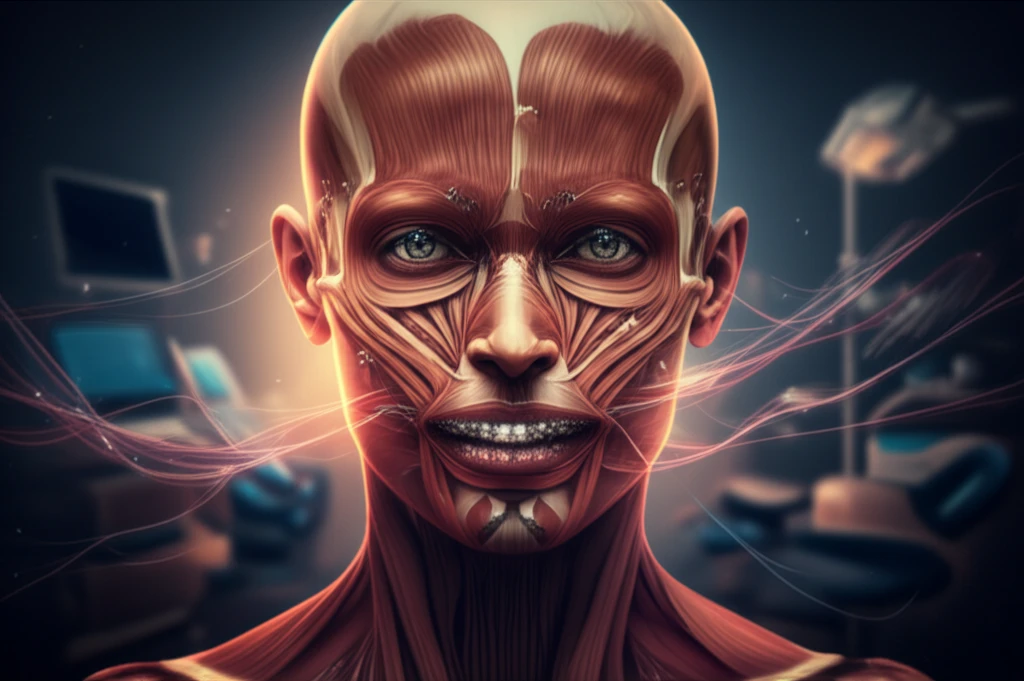
Orthodontic Wisdom: 30 Aphorisms to Transform Your Practice
"Timeless insights from Dr. Julien Philippe that challenge conventional thinking and elevate your approach to orthognathodontics."
In the ever-evolving field of orthodontics, it's easy to get lost in techniques and measurements. But what if the key to better outcomes lies in a deeper understanding of the face, its functions, and the individual needs of each patient? This article delves into a collection of aphorisms by Dr. Julien Philippe, offering a refreshing perspective on orthognathodontics.
An aphorism, as defined, is a concise statement of a scientific principle. However, science is never truly complete; it thrives on discussion and re-evaluation. Therefore, we present these aphorisms as subjects for contemplation, challenging conventional wisdom and encouraging a more holistic approach.
These reflections stem from a personal viewpoint on orthognathodontics, a view that embraces biology and aims to enhance facial functions, including aesthetics. For decades, we have advocated against a purely geometrical orthodontics focused on norms and two-dimensional concepts, championing instead a holistic approach.
30 Aphorisms to Guide Your Orthodontic Practice

Dr. Philippe's aphorisms provide a framework for re-evaluating your approach to orthodontics. They challenge the focus on rigid norms and emphasize the importance of function, aesthetics, and the patient's individual needs. Consider these key takeaways:
- Orthognathodontics should modify forms only to seek functional excellence and improve appearance.
- Morphology is relevant only insofar as it serves function and determines appearance.
- Treatments should alleviate functional or aesthetic concerns, not impose morphological norms.
- The significance of a form's variation justifies treatment based on the nuisance it causes.
- Norms, standards, and averages are guidelines, not ideals.
- Since no one desires to be "average", avoid imposing average values on patients.
- Oral health and facial beauty are not measured in centimeters or degrees but through meticulous analysis of oro-nasal function and facial appearance.
- Variations influence survival and reproduction potential (Darwin).
- There are 4392 types of Class II, division 1 malocclusions, and as many treatments.
- Books explain malocclusion correction; practitioners should treat the "mal-occluding", more particular than believed.
- The face is not a collection of cephalometric angles; it's a living organ for physiological and social functions, i.e. appearance. Improve functions; treatment goal
- The face, like any living organ, should be analyzed dynamically in four dimensions.
- Acting on function without changing form is as risky as acting on form without changing function.
- Diagnose by identifying what hinders form and function.
- It is as bad to ignore modern methods as to remain attached to them.
- Fidelity to a master's thoughts should not hinder progress; burn what you once adored.
- Know today’s technique, think of tomorrow’s, and know it’s later than you think.
- A patient’s frontal view is more important than the profile view.
- Being normal is necessary but not sufficient for beauty; one can be normal without being beautiful.
- Beauty evokes aesthetic emotion, not adherence to rules.
- Any face can be beautiful if it touches the observer.
- Occlusal balance harmonizes arches, joints, soft tissues, functions, and psyche.
- Good cusp-fossa relations are essential for occlusal balance and inter-arch relationships but are not visible.
- Each type of tooth movement requires a better-adapted mechanical system.
- Intra-osseous anchorage, coronoplasty, and elasto-positioning disrupt treatment processes.
- Why treat if you don’t fight for stable treatment results?
- Not all treatment results are stable; some never will be.
- Retention devices are not magic; prevent periodontal reactions but ensure denture stability.
- Stable results rely on harmony between forms and functions, which must be established through treatment and maintained for life.
- The noblest part of man is his face; the most vibrant, his youth.
Elevating Orthodontics Through Thoughtful Practice
Dr. Philippe's aphorisms serve as a powerful reminder that orthodontics is more than just straightening teeth. It's about understanding the intricate relationship between form and function, and tailoring treatment to the individual needs of each patient.
By embracing these principles, orthodontists can move beyond a purely mechanical approach and create treatment plans that prioritize long-term health, function, and aesthetics.
As Dr. Philippe eloquently states, 'The noblest part of man is his face; the most vibrant, his youth. Taking care of young people's faces is the best task of all.' Let these aphorisms guide you in your pursuit of orthodontic excellence, transforming not only smiles but also the lives of your patients.
